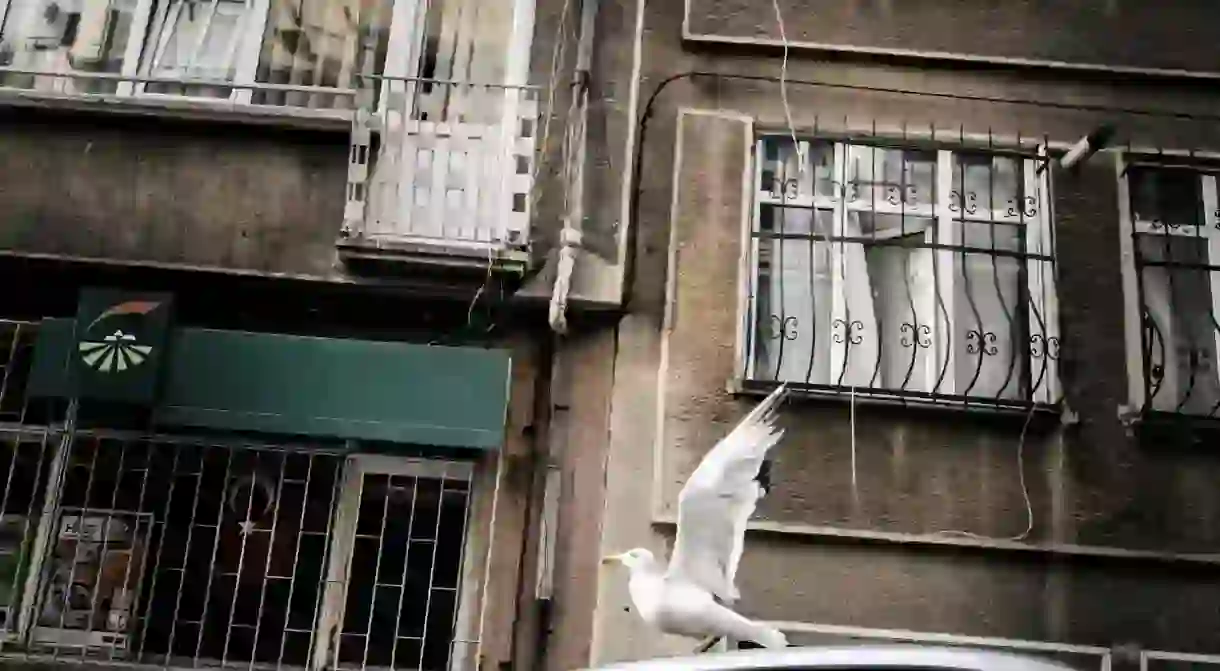Istanbul Biennial: An Interview With Artist Ali Taptık

An artist, photographer, and Ph.D. candidate in architectural design, Ali Taptık is a force to be reckoned with in Turkey’s artistic landscape. Born and raised in Istanbul, his work is effulgent with honesty, often showing his city in its true colors, rather than what is expected. His latest exhibition will be on display at the 15th Istanbul Biennial, which will take place between September 16 through November 12, 2017. Culture Trip had the chance to ask Taptık about Istanbul and his latest work.
Your work often deals with the relationship between the city and the individual. What does the landscape of Istanbul have to say about its inhabitants?
That they are hard-working, tired people, who, [in] the end, have accepted to live in a very dense environment, and that they carry the city with them. And as the city is in the midst of a reconstruction phase, everybody is quite tense. A lot of hills are occupied by ugly and mostly empty high-rises, valleys and riverbeds that are now just sewers. Istanbul is a very clever 30-year-old that still couldn’t come out of the closet; someone that still insistently fights with its parents.

Your photographic work deviates from the stereotypical images of Istanbul (you often focus on the dilapidated rather than the beautiful). What are you trying to express with this particular perspective?
Instead of “dilapidated,” I would use words like organic or ad-hoc, and I find both these adjectives rather beautiful. The stereotypical images of Istanbul come from and exist in the city center, which was the city’s limit until the mid-20th century. It’s a pornography of nostalgia, which exists even in my pictures. This city was the capital of one of the biggest empires of the world. Then for a long period, it was just plainly neglected when the capital moved. And in the last 70 years, many more Istanbuls emerged within Istanbul, [which] photographers didn’t really look at before the 2000s, or even before the 2010s.

I try to depict the beautiful shades of color in a city that both visually and metaphorically has been depicted as Black and White. Let’s take that expression “çarpık kentleşme,” (literal translation: skewed urbanism) an expression that educated Istanbulites invented 30–40 years ago. There is nothing skewed about people tending to their housing needs. I try to oppose such canon by showing the beauty in the way that Istanbulites found ways to dwell in this harsh and precarious city.

Can you tell us about your works being displayed at the Istanbul Biennial?
The work consists of four large format photographic panels that occupy the Greek School landings and three online narratives that reveal the stories behind the instances shown in these panels. I have created three characters based on my friends and invited them to come to my studio. The exhibition deals with the experience of commuting, about contemplating the self, and the distant neighbors one lives with. My personal interest in this work was to explore online space in connection with an offline exhibition space.
Can you tell us about your own relationship with Istanbul? How do you feel about the city and the people you are photographing?
I was born here; my family doesn’t own any properties outside of Istanbul. I literally don’t have anywhere else to go. So I can talk about a Stockholm Syndrome. But I love Istanbul very much; thus, I have learned to love, seduce and submit to Istanbulites.














